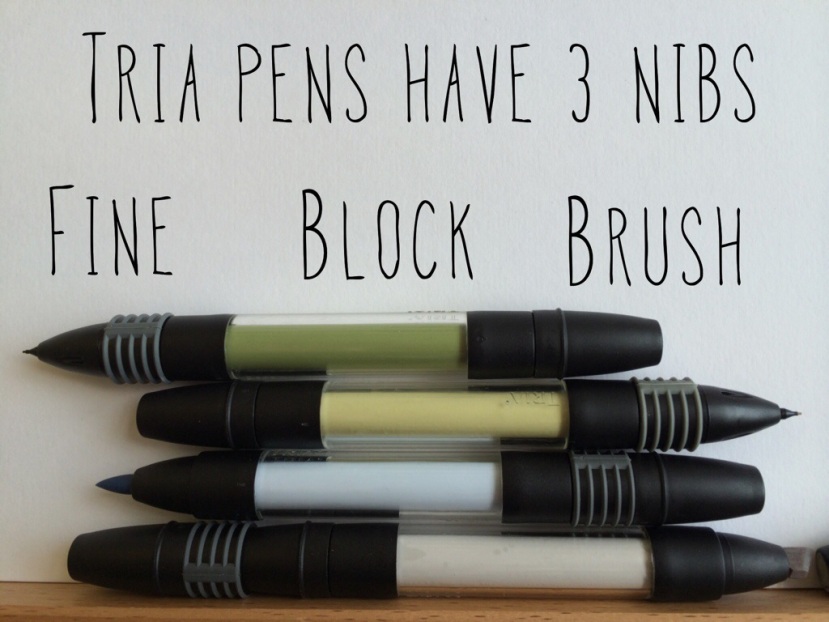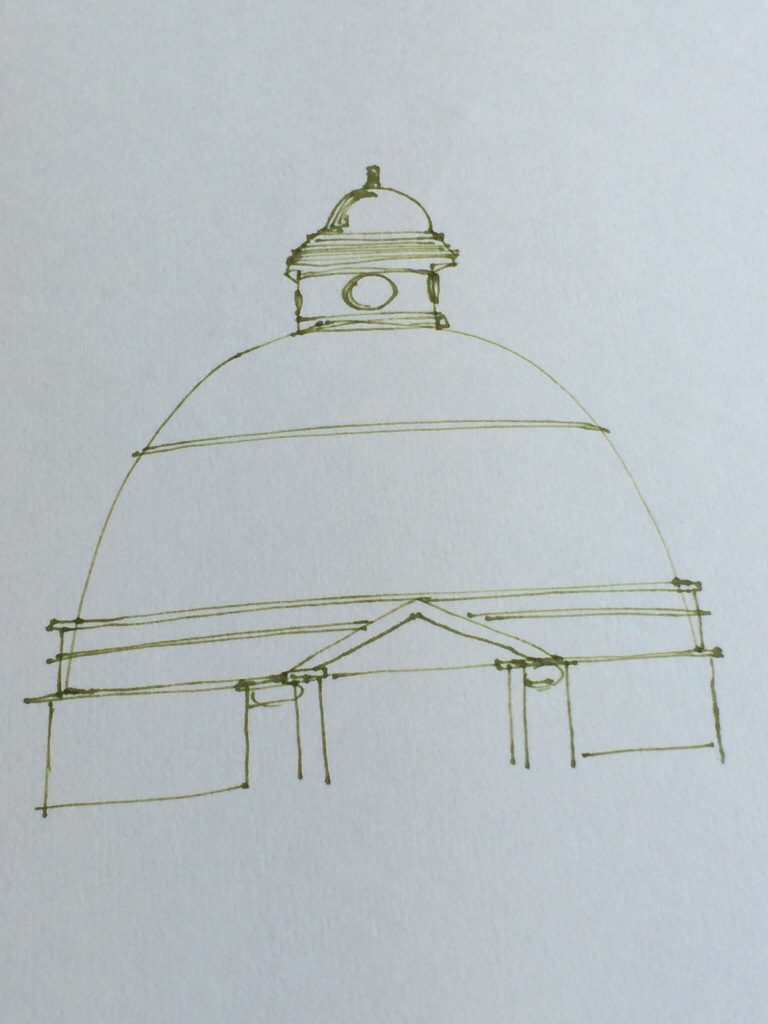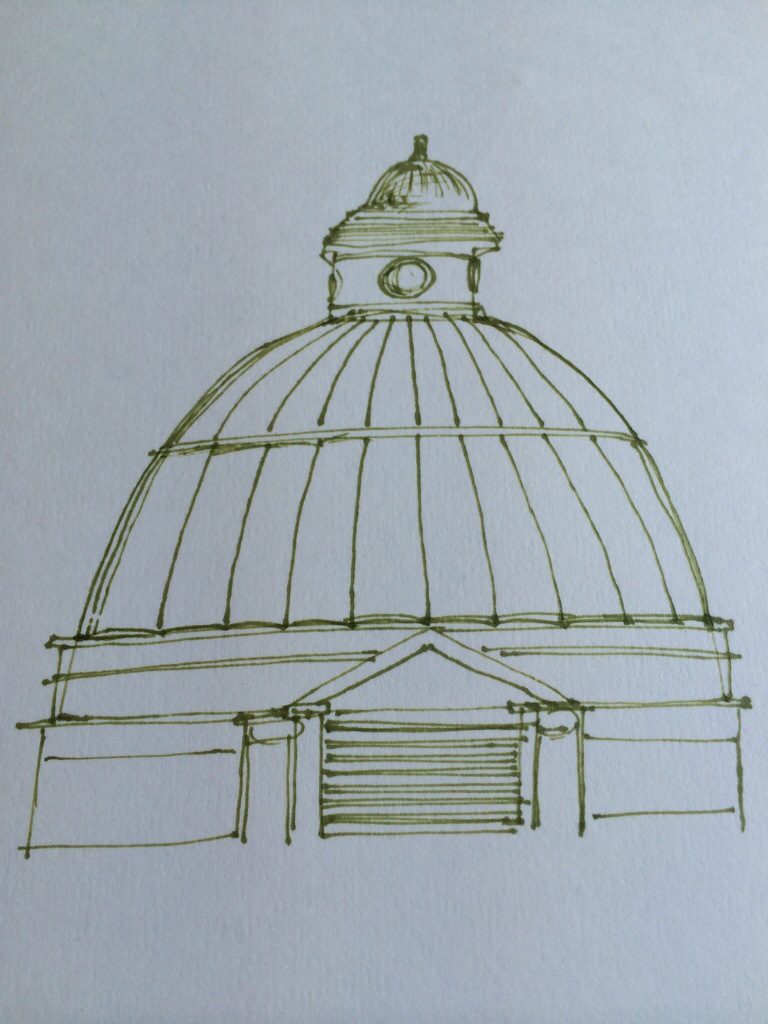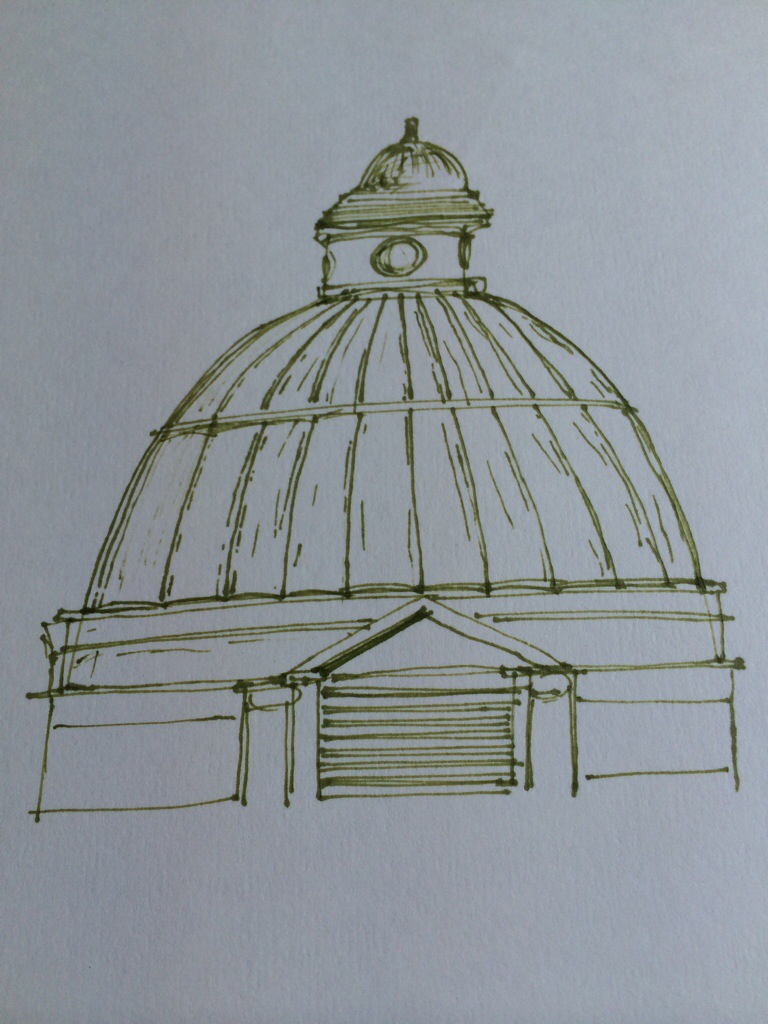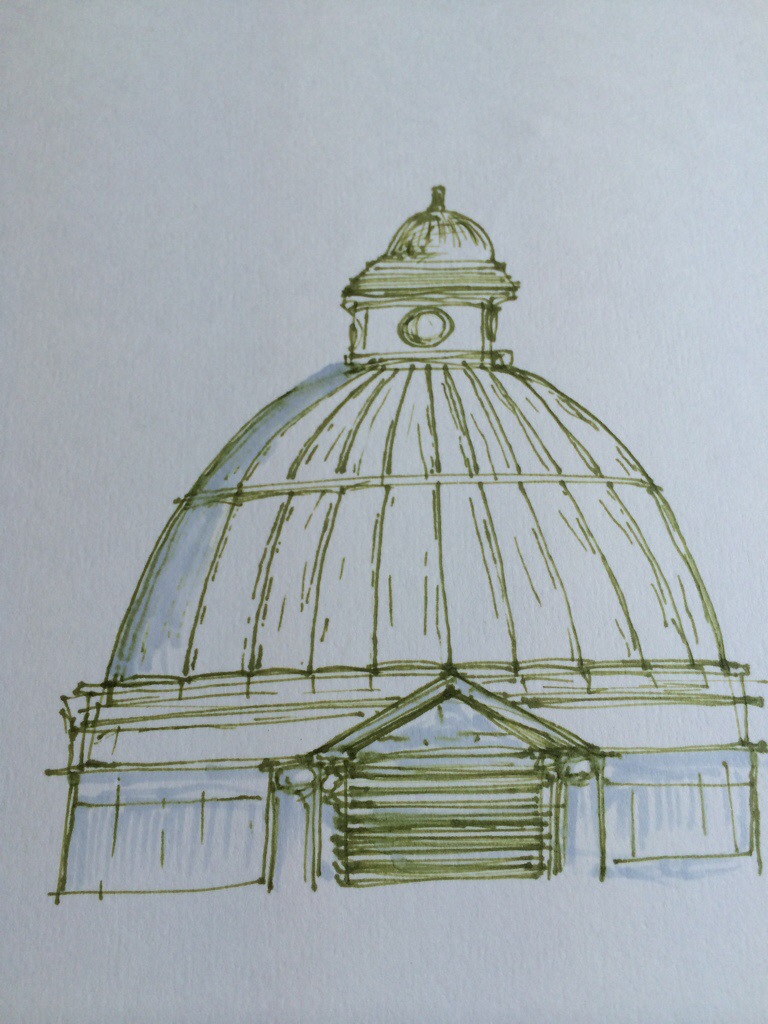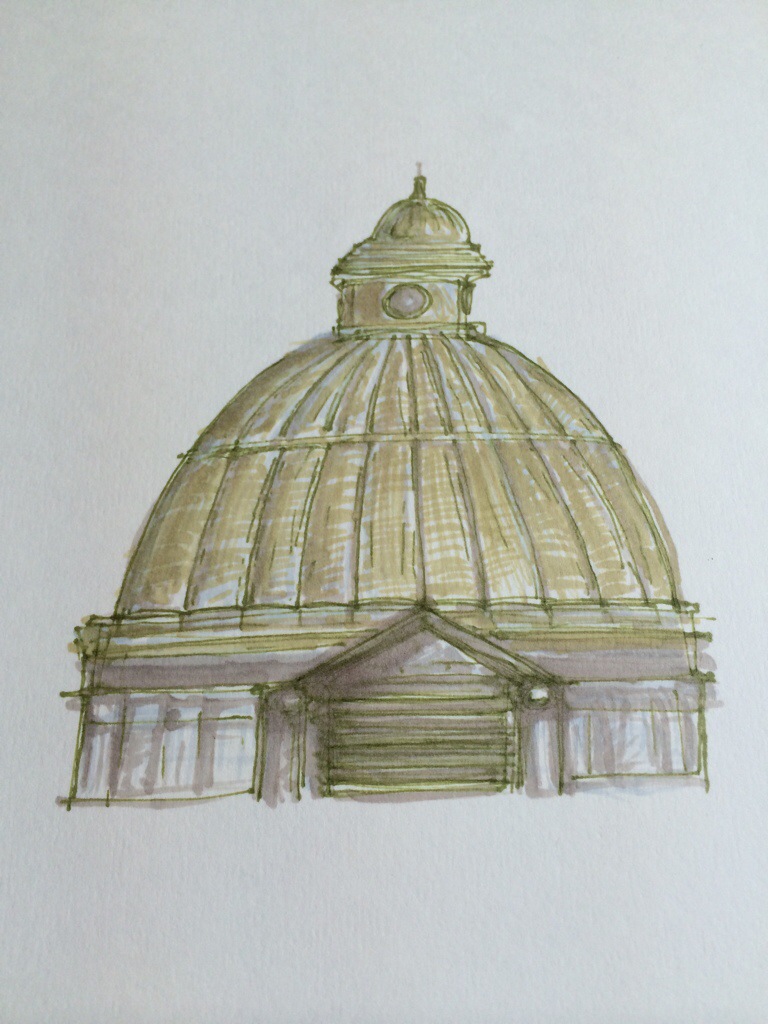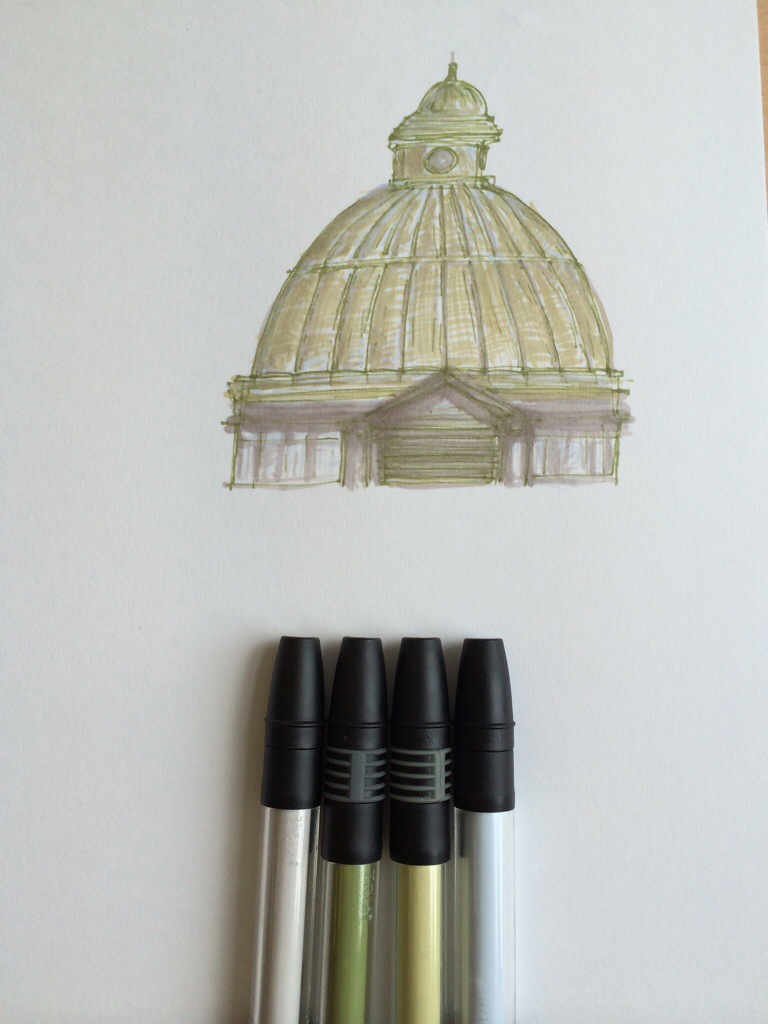Category: art all around us
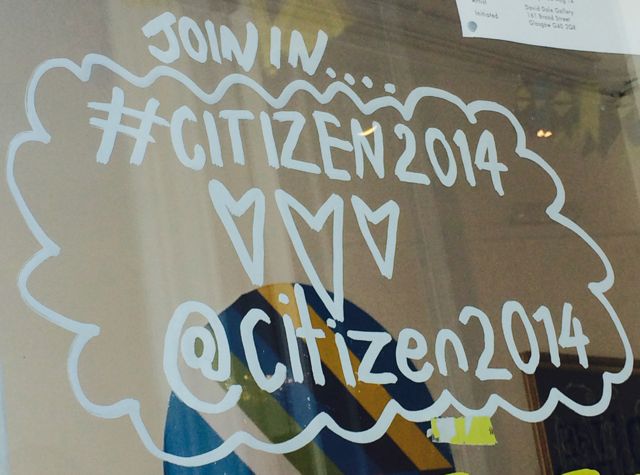
An exciting project for the next two weeks…
Not that what I do isn’t normally exciting (it is!) but I am particularly excited to be part of a collaborative pop up media centre called Citizen 2014 over the next few weeks.
As you can see from the Citizen2014 website, a number of partners (Digital Commonwealth, University of the West of Scotland, Somewhereto_, Beyond the Finish Line, Mind Waves, The Media Trust, Third Sector Lab and the Big Lottery Fund) are all working together on this project to encourage citizen journalism during the two weeks of the Commonwealth Games activities. It’s brilliant to be able to be part of a team of enthusiastic digital media ambassadors who want to bring out the stories of all the cultural and community activities around Glasgow 2014 and share their skills and show other people how to do this.
As well as my usual role as educational coordinator for Digital Commonwealth (where for the next few weeks I will be working with the Citizen 2014 team, where will all be planning and running our citizen reporting activities) I will also be running a series of free digital workshops (bookable online, or in person at Beyond the Finish Line) as part of the project:
- Love postcards- make an animated postcard to send to someone you love, or tell the world what you love about Glasgow (using Mozilla Thimble)
- Newspaper remix- find out about all the events ‘on this day in history’ in the Commonwealth, and tell people your news of what you have been up to by creating a digital newspaper using Mozilla Thimble
- Commonwealth building sketching- Try your hand at some sketching of Glasgow architecture on paper, then experiment with making your sketches digital (using paper, pens and some apps)
I am so happy to be involved in all of these activities and hope to see you at 7 Trongate and taking part in the #citizen2014 conversations. Perhaps I am being a bit ‘cheesy’ in my closing statement, but, to use the statement which I have seen all over the city recently, ‘Bring it On’!

Drawing a roofscape in Letraset Tria pens
I have been experimenting with new art materials and very much enjoying the effects which one can achieve by using Letraset pens. I fondly remember the Letraset brand as something which involved lots of rubbing and transfers to make beautiful (if often wonky, given uncareful placement) words and phrases. I also remember trying to make a local plan diagram from rubbing patterned Letraset, it made trees and everything! You can still buy such goodies, but they are perhaps not such a prominent tool in many designer or technicians tools now that computers can do the same thing. One day I will make a “retro” plan illustration with these, just because it’s still possible. The town planner in me has always been creative, the creative in me has always sought out socially aware , useful and enjoyable outlets for my work!
The tria pens come in lovely boxes, there is an “architecture” set which I was kindly given a gift of time ago. I was almost scared to use them because they are so beautiful. Pens are, however, designed to be loved and used… And I have been experimenting with the older pens and some recent acquisitions.
The view from my studio has a particularly nice dome in sight, which as someone who revels in architectural drawing is a challenge begging to be explored. I usually go for black sketching pen and then a watercolour lining, but today the Letraset pens were beckoning.
Materials:
Daler-Rowney smooth cartridge paper (at least 150 gsm)
Letraset Tria- G136, Y516, WG07 and C919
Method:
Start out with an outline drawing of the dome in the lift green colour. This may seem an unconventional choice for line drawing, but as the dome is constructed with copper, which has taken on a patina or age over time, the green reflects this tinge. Concentrate on the symmetrical appearance, but a little artistic licence won’t disturb the overall affect here and there (this is a freehand representation, drawn with love, not a “to scale” model after all).
Add the lines for the dome construction, forming the individual sections of the dome
Continuing to use the fine nib, press lightly to imply structure and form, adding short dashes of line to the dome.
Use the more blue coloured C919 marker to add tones of leadwork to the base of the dome, including the triangular pediment. Lead has different Material properties and is often laid in sheets; reflect this in the lines you use.
Having added more structure to the drawing, it is time to add shadow. Use the brush end of the same pen to add wider swoops of colour, implying shadow.
Continue adding colour, noticing the angle of the shadows. The next stage is to use an alternative colour, Y516, to add a more realistic colour and start to define each part of the structure. The copper is slightly curved on the dome; add lines with the fine tip to imply curved areas. The dome is a greener colour than the lead below, so the new colours reflect this. Occasional areas of brush can be used to add shadow.
Use the last pen (brush tip) to emphasise any areas of shadow and continue tinkering until you are happy.
That’s it!
Part 2 of this entry is ” make it digital”…
Fun at the festival of museums
This weekend it has been the Festival of Museums throughout Scotland (and Museums at Night throughout the UK). We had a great time yesterday (May 17th) on an architectural art bus tour organised by the Glasgow Gallery of Modern Art, and hosted by Dress for the Weather architects. There is currently an exhibition at GOMA by Nathan Coley, using the architectural form of places of worship in Edinburgh to form a dramatic model landscape, our tour was inspired by this and we visited two religious buildings in the South Side of Glasgow (Glasgow Gurdwara and Govan Old).
I have included a taster of some of the sketches and models in the video, but I am looking forward to seeing them all on display in GOMA together.
Artist Call: experimental, participatory or collaborative practice
Artist Call: experimental, participatory or collaborative practice.
I saw this today and think it is a wonderful idea. Built environment and urban change from a suitcase!

Art meets bike meets art Glasgow Go Slow- Culture 2014
Amazing day doing public art…
This was my day 13 of 30 days of biking… quite an experience. Why? I was taking part in a public event called Glasgow Slow Down which has been organised as part of the Culture 2014 culture programme celebrations, marking 101 days until Glasgow 2014 Commonwealth Games by artist Jacqueline Donachie.
I set off on an unseasonably early time for a sunday to meet at 8:15am at the Glasgow Riverside Museum (which I had previously visited to view its cycling treasures last week), donning my highviz participants jacket, excited to be taking part but also a little daunted as I was wondering if I could keep up in a group cycle.
On arriving I was greeted by…
View original post 956 more words
Experiments and reflections on digital media community exploration
As someone with a huge passion for exploring my local environment and digging into the history and architecture of an area, and ways of presenting this creatively I am rather taken by a project which I found on Twitter called “Walk My World”, the invention of William O’Byrne who is based in Newhaven, USA. The idea is that you carry out a journey, once a week, and then record and share that using various digital media tools (he suggests Twitter, Vine and Instagram and produces a handy guide for newcomers to these on his site). There’s still an opportunity to take part if you wish… join in!
I personally have not used Instagram much as until fairly recently I didn’t have a phone with a very good camera (it was quite a low resolution), preferring to play with my SLR, but since I got a new phone in November I have been playing with the many free and low cost apps which allow you to snap, shoot and share your view of the world. The Walk My World project seemed a good time to try out Instagram.. so I took a wander around Govanhill in Glasgow.
A wonderful multi-lingual community cafe, in an Evangelical church hall, which asks for only donations for breakfast:
Said free/ donation breakfast (which was lovely, as were all the people in the pop up cafe):
Library exhibition on wartime experiences:
The library history exhibition, including a little alcove devoted to R D Laing, an influential psychiatrist born in the area:
The many languages of Govanhill:
International peace garden:
Community baths (I had visited these at Doors Open Day before):
Wonderful tenements, a Glasgow architectural icon:
I discovered a lot about the area, even from this short walk! I had not created a video in Instagram before, and also played with the tagging and mapping functions. I know Instagram is not exactly “new news” but it is funny how sometimes we need a reason to play with new stuff. I also learnt that embedding Instagram posts in WordPress only needs the URL, not the embed code. I like to learn through play, and this sort of project is “right up my street”, thanks William!
I completely agree with the comment in William’s blog post that educators should create an online brand for themselves (thinking before they share), I am quite aware of my “digital footprint” and in some ways my background may appear somewhat diverse (town planning, conservation, education, creative media) but I am lucky enough to be able to combine all of these through the various strands of my professional work (on reflection, I am needing to revisit my own website to better represent this; although I was very happy with it when I created it at the time and I have gradually added content such as my “Are You Here” project exploring family history links and the environment of Bristol and Brighton, my professional practice has evolved to represent a variety of skills).
As well as undertaking freelance illustration and digital interpretation projects in arts and heritage, and volunteering my time for Planning Aid Scotland, in my other professional persona I am currently working as Educational Co-ordinator at the University of the West of Scotland, on the Digital Commonwealth project. This is a project which is designed to help marginalised communities (such as those who live in areas of socio-economic deprivation) develop digital media literacy skills using readily available technology and tools. The project is framed around the digital reporting of Queen’s Baton Relay for the Glasgow 2014 Commonwealth Games, with projects based around the topics of people, place, culture and exchange. I have been really impressed with the creative results of the #walkmyworld project beginning to be shared on Twitter and it made me even more excited about the possible results of planned creative digital media projects which will take place as part of the Digital Commonwealth project!
Here are some of my favourite #Walkmyworld posts so far:
Vine poetry:
Happy Twitter dogs!
I think my rescued pups Watson and Tyson are ready to #walkmyworld with #ENGL3241! pic.twitter.com/tOMg7T5GJD
— Caitlyn Keller (@CatierayeK) January 13, 2014
More dogs (but Vine):
The wonders of Islay:
#islay#beauty#lifeisbeautiful#glen#loch#oa#scotland#walkmyworld#happy#nature#winter#island#lifepic.twitter.com/mJEHbfRlBE
— Emma Revie (@EmmaReviex) January 16, 2014
The fabulous benefits of creating enthusiastic online communities!
“@_mlsg: #walkmyworld the kids who I inspire, continue to push and inspire me. pic.twitter.com/A6qKmd0Giz” #eng152
— Molly Shields (@ShieldsMolly) January 18, 2014
Happy exploring, creating, learning and sharing!
Staring at diamonds
On a recent visit to St. Annes on Sea my mum and I spent an extraordinary amount of time staring at little metal triangles and diamonds. Why?!? Well, if you look closely you can see the mark of a Glasgow architectural metalwork firm on this seaside shelter. This makers mark confirms that a little bit of the West of Scotland has travelled to the North West of England. For a cultural planner and architectural tourist such as myself, a lovely treat to see a set of bandstand, pavilion, drinking fountain and shelter all in a row. I have also seen this ironwork as far away as Darjeeling in India, and as close as Dumfries where beautiful fountains can be seen, adorned with cherubs, animals and plants (and even full size walruses in the case of Paisley Grand Fountain!). Happy iron spotting!
Unstable buildings and cultural festivals
Today’s unconventional advent calendar is very unconventional indeed as it is long weekend of cumulative entries. I may well devise some bonus content later for those of you who might have missed the last two days of usually daily pics and musings.
I was taken by the art featured in the calendar as someone who endeavours to unite art and planning issues; often we find ourselves working with various people who have ideas for new uses for buildings where the previous use has for some reason ceased, and unfortunately there are a lot of examples of buildings which are at risk due to continual neglect and decay. From a cultural planning point of view these can also present themselves as opportunities as well as problems, there are many innovative examples of property re-use and reimagination. Our towns and cities are constantly changing, instability can mean an area reinvents itself in various ways. The Liverpool biennial is the largest contemporary arts festival in the UK (see website), and when I first visited in 2008 the city was the European capital of culture. Interestingly, Liverpool and Liverpool John Moores Universities devised a methodology for assessing the impact of cultural festivals (download here), covering cultural access, economy and tourism, cultural vibrance and sustainability, image and perceptions and governance and delivery.
Previous entries for the unconventional advent calendar can all be seen on the UWS Cultural Planning blog where a community of cultural planning practitioners doing the 2013 short course are recording and sharing their reflections and thoughts.
Girvan Rocks!
Girvan is a pretty seaside town in the west coast of Scotland where I spent a happy summer holiday once when I was wee. I revisited it this summer, and was surprised how much of it I could remember (and was delighted to see that the little aviary and gardens called Knockcushan park were still there).
I did not know of the history of the gardens, this must have passed me by last time as I was looking at the animals and birds when I was ten! That said, I do attribute my career choices to the fact that I was always taken to historic places and used to enjoy spending time looking at castles and drawing things related to my holidays… if blogs had been about then no doubt the very tattered scrapbook I made would have been digital with scanned copies of tickets.
Summer seems so long ago now, with Christmas almost here, so this is a very unconventional advent calendar entry indeed for December 10th although you can consider the character of a place at any time of year!
Girvan has a wonderful view of Ailsa Craig, which is famous for its special seabird colony and also for being used to create curling stones (see gallery above, and for photos of these see my Partick curling club photos) The Glasgow 2014 baton also features a special Ailsa Craig “gemstones” in the puzzle mechanism, an exciting Commonwealth Games link for the area.
To me, Girvan has fantastic seaside memories; parrots in the park, boating pond outings, beach sandcastle building, chips munching, 2p fruit machines (although I think they may have been 1p then?!?), big high street with shops selling buckets and spades and postcards, lovely colourful harbour, seagulls and other birds along the pier wall.. Girvan rocks!
What do you think makes up the character of your favourite place?
Previous unconventional advent calendar entries can be found here.
Clubs, societies and organisations- people and cultural planning
Today’s unconventional advent calendar for 9th December is all about clubs, societies and organisations going on within an area, featuring a notice board in Cove and Kilcreggan in rural Argyll. Virtually every area will have local clubs and societies for any type of subject, from sports to literary events to music and heritage, long established and part of a bigger organisation or perhaps small and informal and entirely independent. People are a big part of cultural planning, they are cultural planning assets. Whenever I go on holiday I tend to gravitate towards the small cafes and end up picking up lots of leaflets to have a nosey at what is on (libraries and parish notice boards are a good source of information too, and tourist information centres). I have ended up going to fascinating events by serendipity taking a role, happening to be in the right place at the right time and chatting to someone or seeing a stray flyer. Of course, internet research is good too.. but when you’re a cultural planner on holiday it pays to hang out in lovely little community places, for people watching and good coffee, and pop up events may just be coming your way. Bike tag, anyone? Pop up street food market? A community choir in a reclaimed warehouse arts space?
My other unconventional advent calendar entries here.
